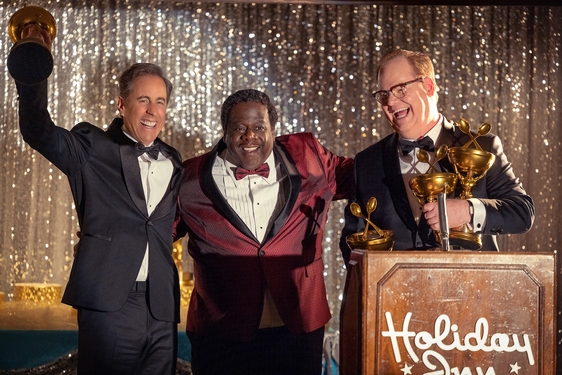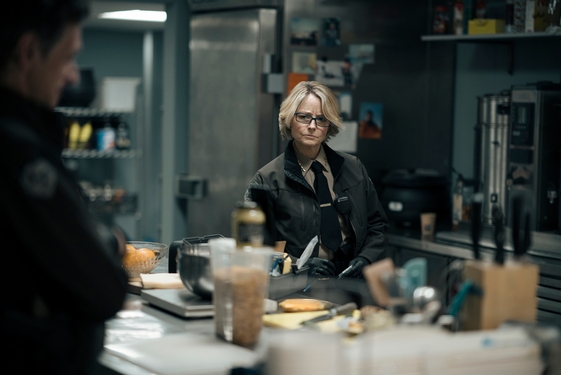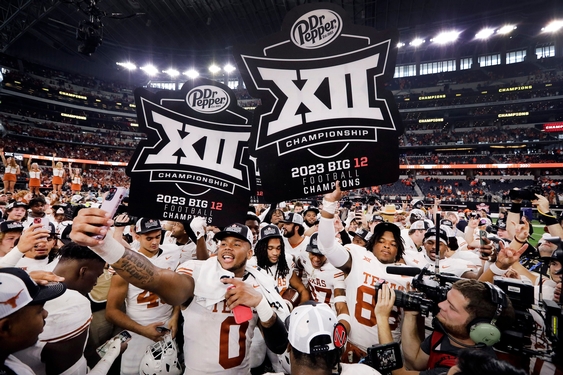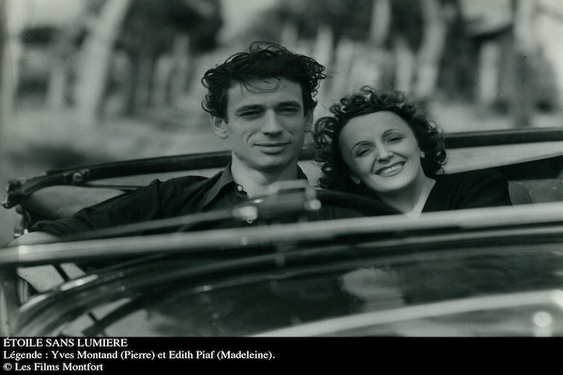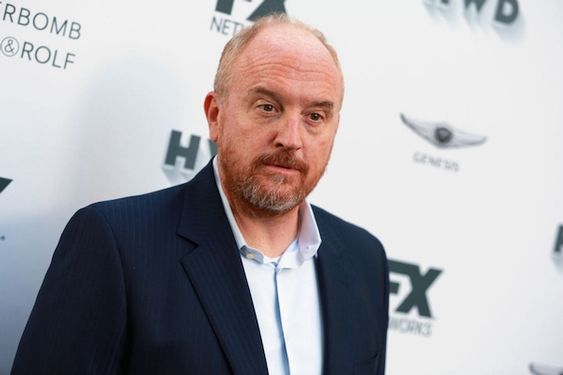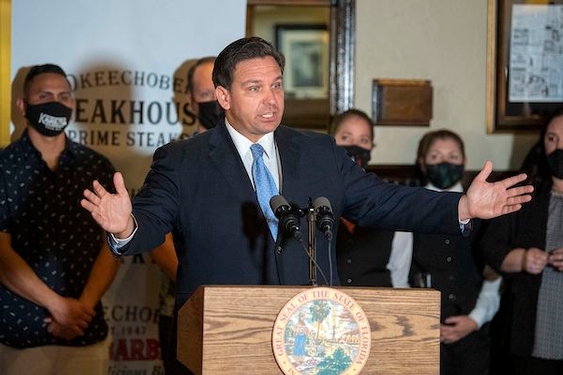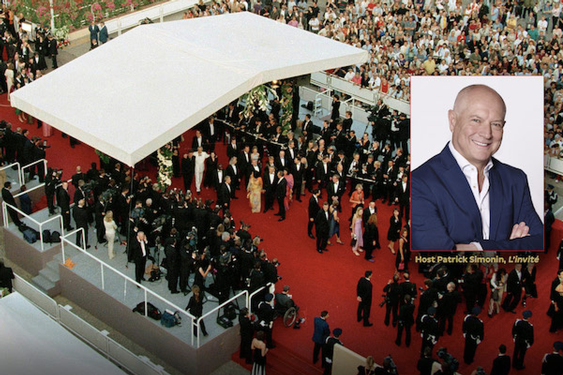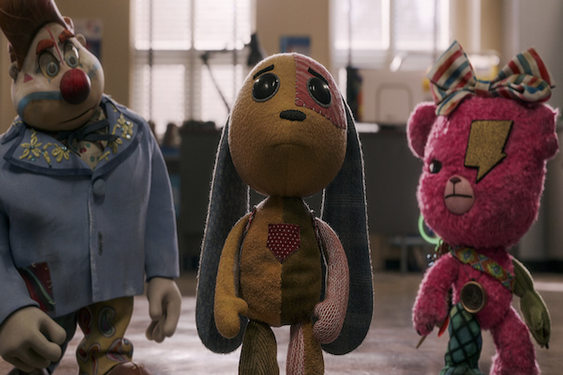If you want to see how media can help reshape inaccuracies in history and the role some Black athletes are playing in that historical process today, make time this weekend to see at least one of two new powerful prime-time documentaries on the 1921 race massacre in Tulsa, Oklahoma.
“Tulsa Burning: The 1921 Race Massacre,” which premieres at 8 p.m. ET Sunday on the History Channel, is in part the creation of executive producer Russell Westbrook, all-star member of the Washington Wizards basketball team. “Dreamland: The Burning of Black Wall Street,” which premieres at 9 p.m. Monday on CNN, is executive produced in part by NBA player LeBron James, all-star member of the Los Angeles Lakers.
Since the story of the massacre is very much about Black wealth and the way it was destroyed by white people in a Memorial Day weekend reign of terror a century ago, it seems worth noting that this horrific chapter in our nation’s past is being brought to light for millions and funded in part with the wealth earned by these two Black athletes. Westbrook and James are righteously putting some of their money behind these two historical productions that are infused with social justice and have the potential to speak the truth about bone-deep racism at the heart of the American experience.
Even more than Black wealth, however, these productions are about dominant culture and who controls the power to tell the stories of our past or decide which ones should be hidden or never told. That control shapes everything from what we know about the past to what we choose to remember and celebrate. For centuries, Black history was horribly distorted and in some cases erased altogether by white dominance of national narratives. “Tulsa Burning” and “Dreamland” are part of a larger cultural movement today to redistribute that power, rewrite false histories, unearth buried stories and determine what is commemorated and preserved in statues, libraries, museums, books, music, video and film.
As Bobby Eaton, a Black radio talk show host at 88.9 FM in Tulsa is shown telling his listeners in both films, “This is where we tell our stories our way.”
It seems only fitting that these two productions debut on a weekend dedicated to national memory and commemoration, because that is very much what they are about. As the documentaries outline, the killing of more than 100 Black people and the burning to the ground of an estimated 40 square blocks of Black homes and thriving businesses in the Greenwood District of Tulsa in 1921 were set in motion by rumors that a 19-year-old Black man named Dick Rowland, who shined shoes in the city’s downtown business district, had assaulted a 17-year-old white elevator operator named Sarah Page. The alleged assault is said to have happened when he was a passenger in the elevator she operated. The documentaries offer the possibility that the elevator came to an abrupt stop and Rowland might have merely stumbled into Page. He was seen running from the elevator and was later arrested by police. In the wake of the arrest, an inflammatory article appeared in the Tulsa World newspaper, claiming Rowland was “attacking girl in elevator.”
“Within 30 minutes, there’s lynch talk on the streets of Tulsa,” Scott Ellsworth, author of “Death in a Promised Land: The Tulsa Race Riot of 1921,” says in the film “Dreamland.” “Lynch talk soon turns into a lynch mob” of men gathered around the courthouse.
As word of a potential lynching spread, an armed group of Black men led by World War I veterans headed down to the courthouse where a confrontation between two men exploded into a battle between the two groups. The Tulsa sheriff instantly deputized white members of the mob and, in the words of Ellsworth, “the worst single incident of racial violence in American history begins.”
According to the account told in “Tulsa Burning,” Black veterans and property owners kept the mob out of Greenwood that first night, but with the new day came an all-out attack that included more than a thousand white people. Small planes flew over homes and businesses dropped incendiaries on rooftops as part of the attack setting the entire district on fire. More than 1,250 homes are said to have been destroyed. More precise figures aren’t known because so many dead bodies were dumped in mass graves and local authorities lead a concerted effort to erase the event from public history. Accounts of the slaughter and destruction were mainly kept alive in the private memories and oral family histories of survivors.
“Tulsa Burning,” which was directed by Stanley Nelson, an Emmy Award winner for his film “Freedom Riders,” and Marco Williams, who won a Peabody Award for his film “Two Towns of Jasper,” opens with a 2020 excavation effort at Tulsa’s Oaklawn Cemetery to find and document the remains of some of those killed. A message about “disturbing imagery of racial violence” flashes on the screen before the first thing viewers see is an archival photograph of a Black man standing before smoldering remains of rubble. The image dissolves into video of a cemetery in 2020.
“You are standing in a crime scene,” an amplified voice says. “Underneath the grass that you are standing and kneeling on is the blood of those who were slain. And still to this day … bodies are lying in mass graves.”
As these words are spoken, viewers see a still photograph from the 1921 massacre of a Black man with his arms raised in surrender and his eyes looking into the camera. Two more archival images show Black bodies laying dead on the ground. They are followed by video of two police officers hurriedly moving to the passenger door of a vehicle that’s been pulled over. As they reach the door of the SUV, a gunshot sounds, the screen goes dark and then it fills with the image of a Black minister, Rev. Robert Turner, of Tulsa’s Vernon A.M.E. Church, the man speaking into a bullhorn.
Rev. Turner continues explaining the history of Tulsa’s Greenwood District and the strip known as Black Wall Street to his outdoor audience: “Black people, a generation out of slavery, built a mecca for themselves. And how did the government respond? They burned it to the ground.”
Intercut with photographs from Tulsa in the early 20th Century is video of Black Lives Matter signs at a rally in 2020. The visuals at the start of the film skillfully link the events of 1921 to deaths of Black citizens at the hands of law enforcement officers today.
In “Tulsa Burning,” Nelson and Williams use the 2020 excavation of ground believed to contain unmarked graves of massacre victims as a force of forensic reckoning that helps drive the first part of the documentary. Great documentaries are the result of filmmakers wise choices in storytelling, and this is a wise choice. Both films are filled with excellent storytelling techniques. Each provides deep context of 19th century history to show how Black people came to Oklahoma and how by 1900 they had built not just Greenwood but many other thriving communities around the state.
“Dreamland,” which was directed by Salima Koroma, derives much of its emotional power at the end of the film from the discovery of a mass grave by the 2020 excavation project. Its meaning is deepened by descendants of the massacre talking about the graves, their belief that ancestors are calling to them for justice and a sense of reckoning for what was done on Memorial Day weekend in 1921.
Television has played a major role in telling the stories of the dominant culture since its arrival in American homes in the 1950s. Many of its productions taught a false, racist version of our past, and offered little or no space for alternative or minority accounts of events.
You need mainstream media onboard for a full cultural reckoning and changing of minds and hearts. Here’s hoping for more prime-time storytelling of the quality found in “Tulsa Burning” and “Dreamland.”
———
(David Zurawik is The Baltimore Sun’s media critic. Email: david.zurawik@baltsun.com; Twitter: @davidzurawik.)
©2021 The Baltimore Sun. Visit at baltimoresun.com. Distributed by Tribune Content Agency, LLC.



